Manojit Chattopadhyay
Pailan College of Management & Technology
Neural Network Influence in Group Technology: A Chronological Survey and Critical Analysis
Dec 21, 2012Abstract:This article portrays a chronological review of the influence of Artificial Neural Network in group technology applications in the vicinity of Cellular Manufacturing Systems. The research trend is identified and the evolvement is captured through a critical analysis of the literature accessible from the very beginning of its practice in the early 90's till the 2010. Analysis of the diverse ANN approaches, spotted research pattern, comparison of the clustering efficiencies, the solutions obtained and the tools used make this study exclusive in its class.
Hybrid Fuzzy-ART based K-Means Clustering Methodology to Cellular Manufacturing Using Operational Time
Dec 20, 2012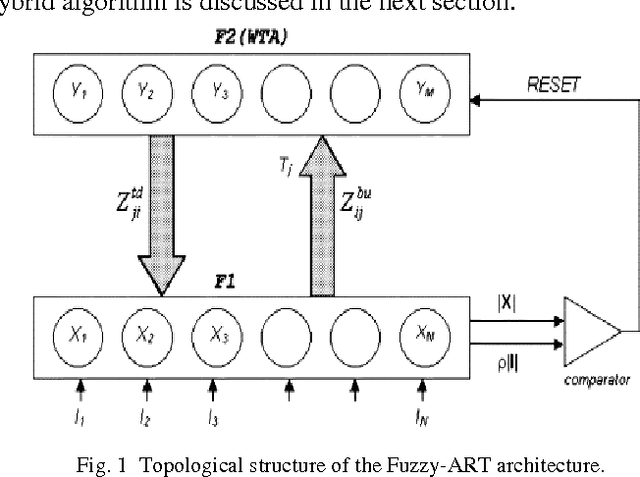
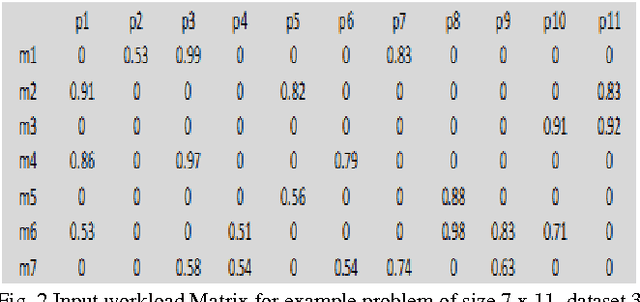
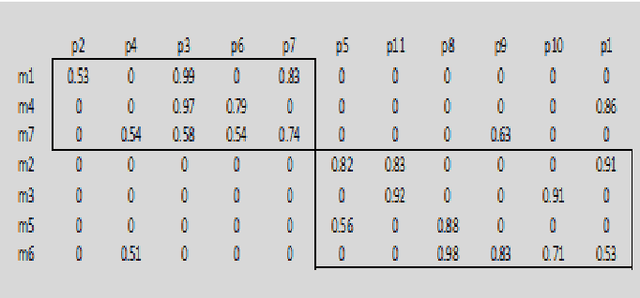
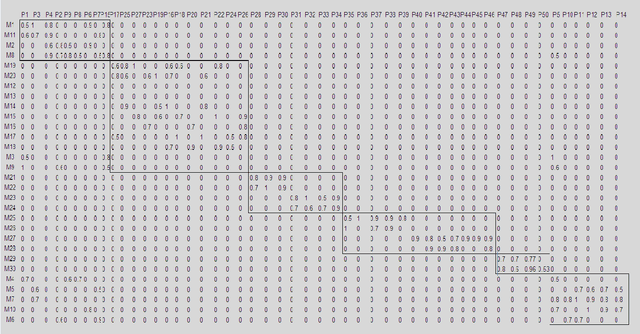
Abstract:This paper presents a new hybrid Fuzzy-ART based K-Means Clustering technique to solve the part machine grouping problem in cellular manufacturing systems considering operational time. The performance of the proposed technique is tested with problems from open literature and the results are compared to the existing clustering models such as simple K-means algorithm and modified ART1 algorithm using an efficient modified performance measure known as modified grouping efficiency (MGE) as found in the literature. The results support the better performance of the proposed algorithm. The Novelty of this study lies in the simple and efficient methodology to produce quick solutions for shop floor managers with least computational efforts and time.
Machine-Part cell formation through visual decipherable clustering of Self Organizing Map
May 06, 2011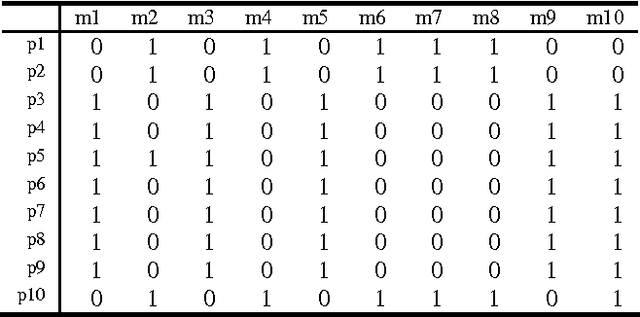
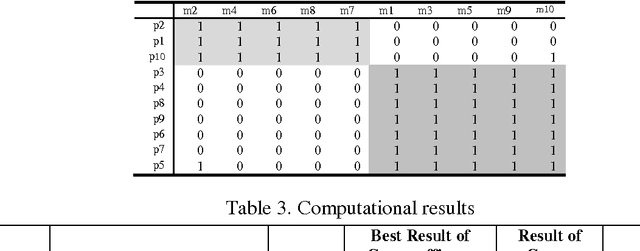
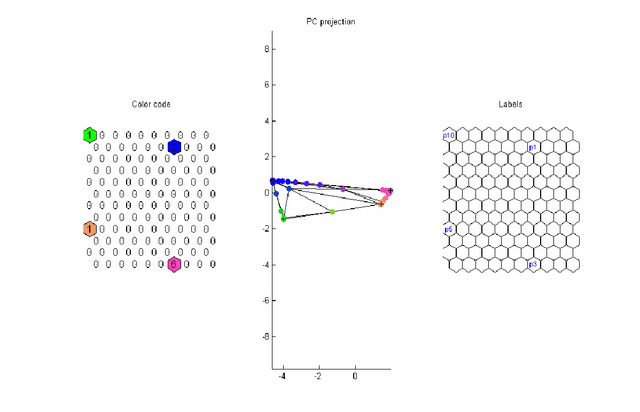
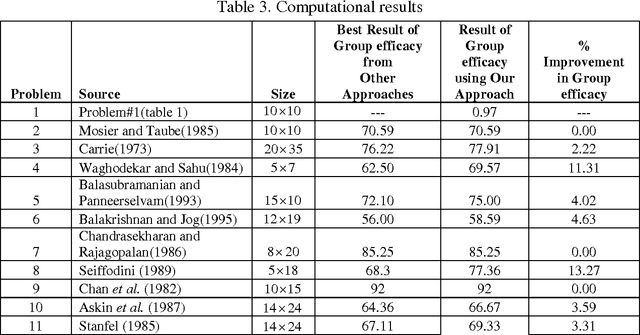
Abstract:Machine-part cell formation is used in cellular manufacturing in order to process a large variety, quality, lower work in process levels, reducing manufacturing lead-time and customer response time while retaining flexibility for new products. This paper presents a new and novel approach for obtaining machine cells and part families. In the cellular manufacturing the fundamental problem is the formation of part families and machine cells. The present paper deals with the Self Organising Map (SOM) method an unsupervised learning algorithm in Artificial Intelligence, and has been used as a visually decipherable clustering tool of machine-part cell formation. The objective of the paper is to cluster the binary machine-part matrix through visually decipherable cluster of SOM color-coding and labelling via the SOM map nodes in such a way that the part families are processed in that machine cells. The Umatrix, component plane, principal component projection, scatter plot and histogram of SOM have been reported in the present work for the successful visualization of the machine-part cell formation. Computational result with the proposed algorithm on a set of group technology problems available in the literature is also presented. The proposed SOM approach produced solutions with a grouping efficacy that is at least as good as any results earlier reported in the literature and improved the grouping efficacy for 70% of the problems and found immensely useful to both industry practitioners and researchers.
* 18 pages,3 table, 4 figures
 Add to Chrome
Add to Chrome Add to Firefox
Add to Firefox Add to Edge
Add to Edge